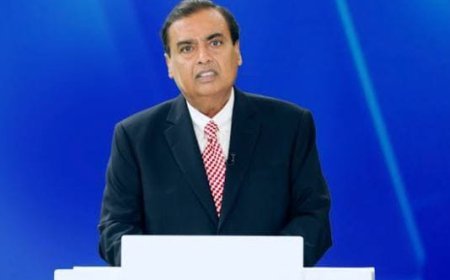Understanding the Difference Between Equality and Equity

By: Sanjay Pattnayak
Sundargarh
The image above presents a powerful and simple illustration that helps explain two often-confused concepts: equality and equity. Through the metaphor of three individuals trying to watch a baseball game over a fence, it offers a visual explanation that resonates deeply with real-world issues of fairness and justice.
Equality: The Same for All
On the left side of the image labeled “Equality,” each individual is given the same size box to stand on. However, the individuals are of different heights. While the tallest person can see the game clearly, the middle one just manages to see over the fence, and the shortest one still cannot see at all. This represents a situation where everyone is given the same resources or opportunities, regardless of their individual needs or starting points.
Equality assumes a level playing field and treats everyone identically. While this may sound fair on the surface, it often ignores the inherent differences in people’s circumstances. In reality, not everyone begins at the same level, and so giving everyone the same help doesn't necessarily result in equal outcomes.
Equity: Fairness in Practice
On the right side of the image labeled “Equity,” the boxes are distributed differently. The tallest individual no longer receives a box—he doesn’t need it. The middle person still gets one box, and the shortest receives two. As a result, everyone can now see the game equally well.
This is equity in action. Instead of providing equal support, equity takes individual circumstances into account and allocates resources based on need. It ensures that everyone has access to the same opportunities and outcomes, not just the same inputs.
The Key Takeaway
The text below the image succinctly summarizes the distinction:
“The difference between equity and equality is that equality is everyone getting the same thing, and equity is everyone getting the things they deserve.”
In a world where inequalities are deeply embedded—whether in education, healthcare, employment, or access to technology—this difference is crucial. Policies and practices grounded in equity recognize and address these disparities, leading to more just and inclusive outcomes.
Conclusion
This image is more than a cartoon; it’s a mirror reflecting our approach to fairness. While equality might be the goal, equity is the path that gets us there. Understanding and applying this principle can help us build societies where everyone—not just the privileged—can see the game.













































